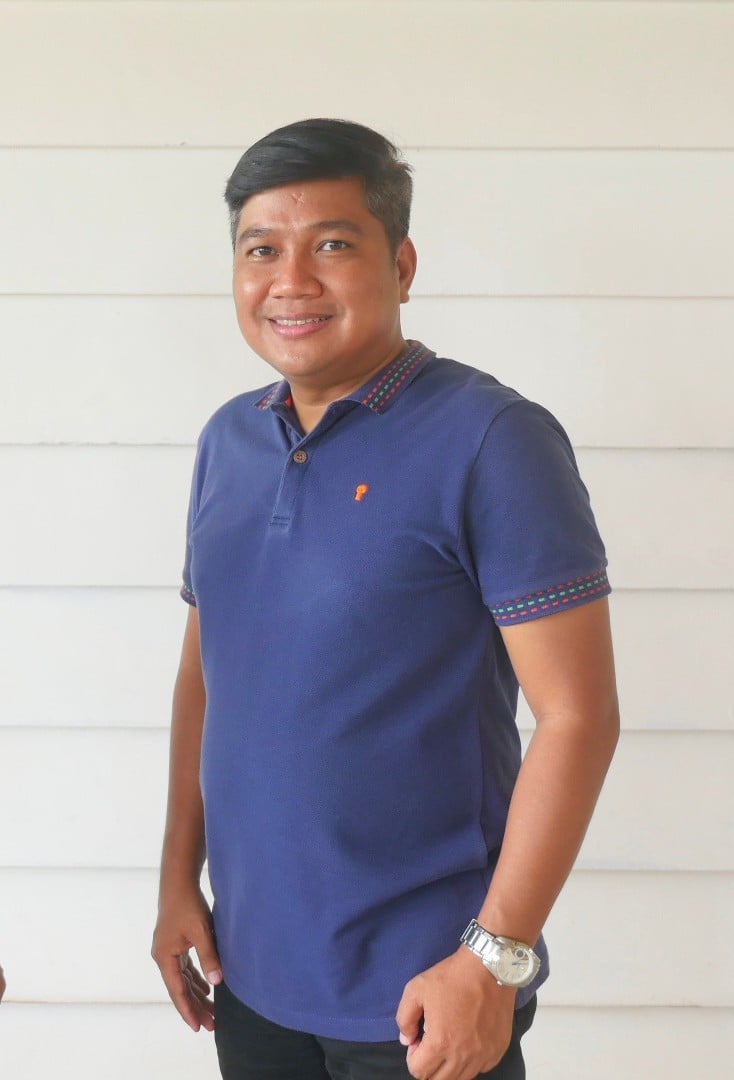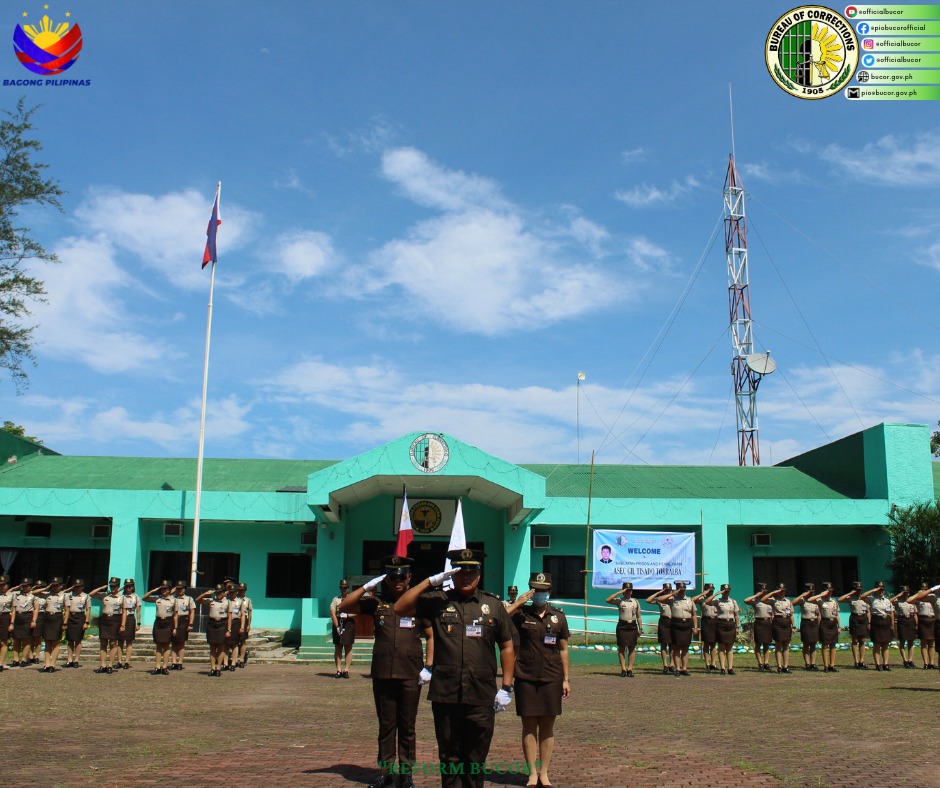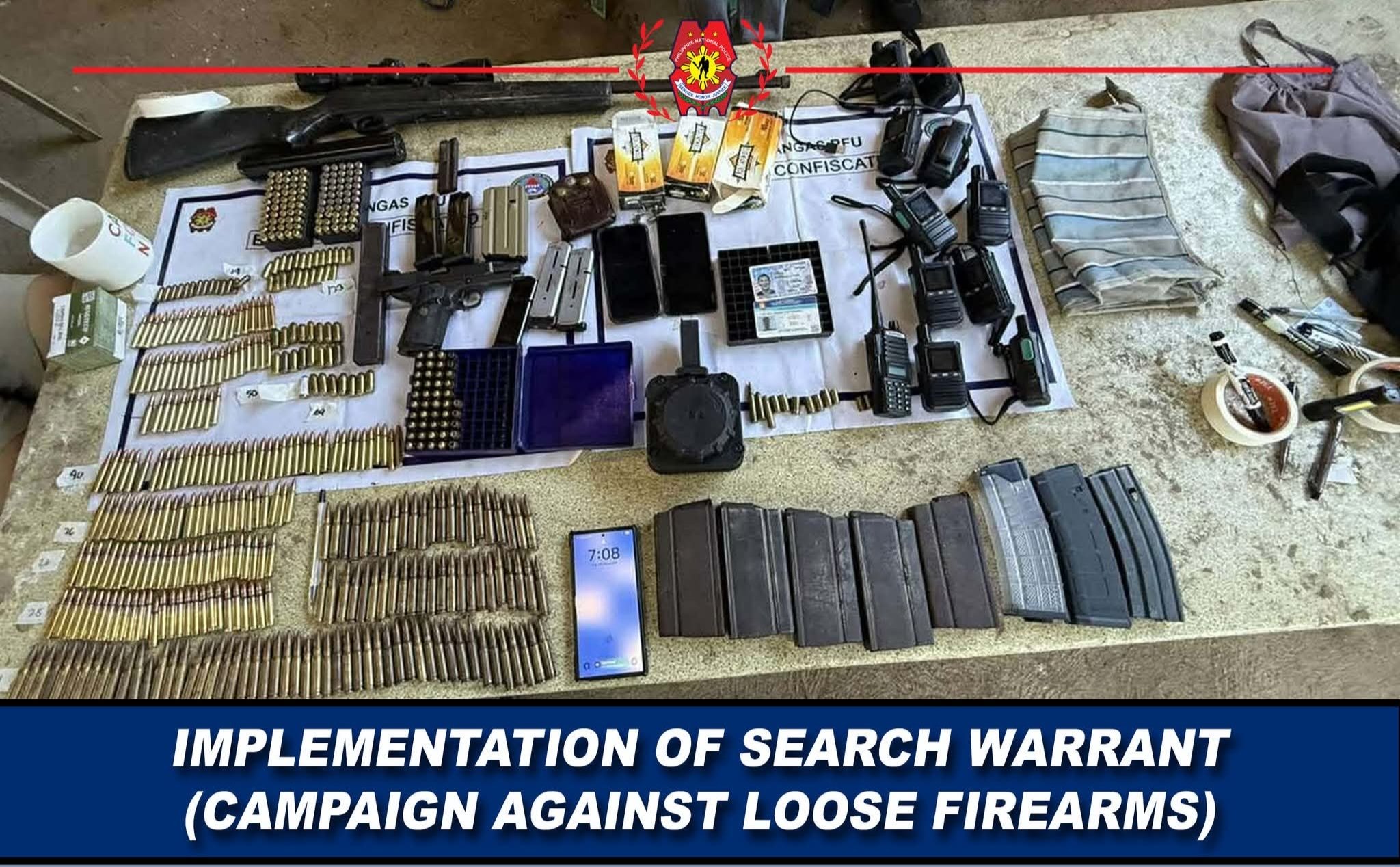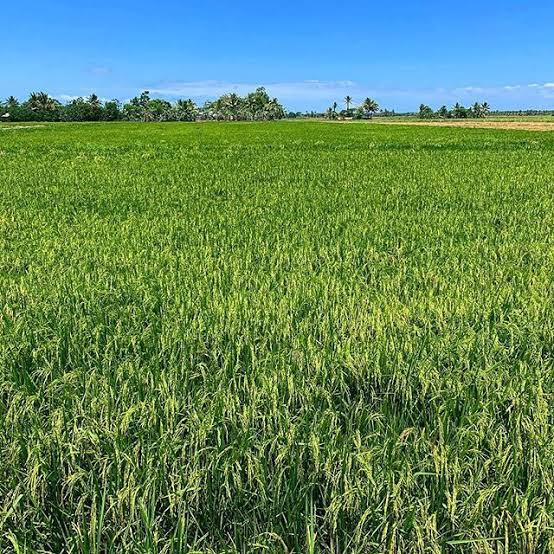By Romel “Direk” F. Bernardo
(Last of Two Parts)
Before Mansalay and Roxas, my father’s church duties first brought him to Bulalacao, eastern Mindoro’s southernmost and most distant municipality, in 1983. Located about 170 km from the province’s booming capital of Calapan, the town is so remote that many islanders have altered its name from Bulalacao to “Bulalayo.”
Literally meaning “shooting star,” Bulalacao remained an enigma for decades. Only a few local travelers had set foot and laid eyes on this mysterious wonderland, lucky enough to marvel at and experience its tourism and historical gems long before the advent of mass tourism. Because of its isolation, the town had been considered the province’s last frontier, whose natural wonders were exposed to the outside world only when the national government built concrete roads in the area in the early 2000s.
Since then, queues of private vehicles, vans, and tourist buses have become regular sights in this once obscure town, captivating tourists and property speculators with its unadulterated beauty: breathtaking peninsulas, virgin forests, expansive grazing plains, and majestic waterfalls. But the town’s main attraction is its cluster of virtually unspoiled islets that became favorites of kite-surfing and island-hopping travelers.
My father was one of the lucky ones to have seen the town when it was practically backwoods. During my youth, he would occasionally tell me about its sceneries, wildlife, and its islands, including the famed Buyayao, fabled for its wild boars, deer, monkeys, and bearcats, as well as its previous purported owners, Manila’s Elizaldes, who allegedly used the island as recreation and hunting grounds in the 70s. My father said there was also an island American soldiers reportedly used during World War II as a target site for their aerial bombing exercises.
Playful, amusing, and unbelievably stingy, possibly due to his Ilocano roots, my preacher dad had many unforgettable bus stories as well as colorful banter with a few conductors during his weekly travels from Bulalacao to Calapan, which then, he said, was a 12-hour long, dusty, and bumpy trip.
“Ang pinaka matagal na bus noon na natatandaan ko ay yung UBL. Aalis ako ng 6 pm sa Bulalacao at titigil sa ilang bus stop tulad ng Roxas at Pinamalayan. Mga 6 am na ang dating namin sa Calapan,” my old man shared during our interview for this write-up.
When UBL pursers looked at him to signal that he was about to be handed bus tickets, he would give that “don’t come here stare” and wag a finger to discourage pursers from going near him.
During his younger years, he was stocky with confidence, developed from his rich public speaking experience, which went well with his respectable frame.
But some fare collectors were persistent and still approached him, but my close-fisted father was always ready.
“Sundalo ba kayo?” one purser finally mustered the courage to question him. “Oo!” was my dad’s standard curt reply, made effective with that put-on stern demeanor. That was enough for most conductors to back off.
However, one particular fare collector became suspicious of my dad’s shenanigans. One time, he decided he had had enough and confronted my father. “Sundalo ba talaga kayo?” inquired the former in a sarcastic, fed-up tone. “Nasaan ang pruweba nyo?”
Cornered and caught in flagrante, my father blurted, “Oo!” then slowly pulled his old copy of the Holy Scriptures from his briefcase and proclaimed, “sundalo ako ni Kristo.” Then he whispered to the purser, “at eto na rin singkwenta (pesos), pamasahe ko.”
Of course, my father paid for all bus fares. It was just in his nature to be playful regardless of how boring the situation was. He never meant to avoid paying; it was simply his way of lightening up the long, tedious journeys.
To reach the province’s southern towns, particularly the municipalities of Roxas, Mansalay, and Bulalacao, collectively known as ROMAMBUL, ordinary buses and their passengers had two road options: “Itaas” and “Ibaba.” These contrasting routes and destination signages flashed on the bottom right portion of transits’ dashboards. But both came with respective downsides.
Itaas meant buses were to turn right from the iconic shed landmark in Malitbog, Bongabong to traverse the dangerous mountainous roadway to Roxas. But bus commuters had to prepare for nerve-wracking moments when buses reached the critical stilt bridge of Lisap.
Rising roughly 15 meters above the rampaging Bongabong River and with a length of about 360 meters, the Lisap bridge is considered the province’s longest and arguably deadliest, at least in its original form.
Before it was replaced by a steel version in the mid-2000s and finally concreted two decades later, the lumber-made and timber-braced Lisap Bridge serviced small and heavy vehicles, carabao carts, and sleds that Mindorenos, including Mangyans, used to bring farm produce to trading posts stationed at the southern edge of the bridge. When heavy vehicles such as buses passed through it, the stilt structure would slowly wobble, eliciting whimpers and whispers of prayers from nervous passengers.
Ibaba, on the other hand, was the shorter route, but buses had to pass by the dull, dangerous, and dreaded Barangay Orconuma and then its adjacent Barangay Kaligtasan portions, which had earned an awful reputation as dumping grounds of “salvage” victims and were infamous for hold-up incidents in the 80s and 90s.
By the way, my dad had found a way to make a joke out of the locations’ notoriety. During public Bible expositions in the ROMANBUL area, he would ask the crowd, “Saan po ang daan papuntang Kaligtasan? Hindi po kay Kristo, kundi diyan sa may Orconuma,” usually drawing out good chuckles from the crowd.
Fortunately or unfortunately, starting in the late 90s, old buses that ruled Mindoro’s national highway began disappearing one by one. I first noticed this trend upon my arrival from Batangas port during my first semestral break in college in 1998, heading to my parents’ new assignment in Lucio Laurel, Gloria. Instead of the usual tall and colorful bus lines, a row of brand-new white vans greeted me on the left portion of the Calapan Pier. During that vacation, there were still a few lonely remnants of some bus lines, but I knew their days were numbered and their end was inevitable. When it was time to return to Manila, my father accompanied me in the early dawn along the national highway, where I was to wait for a passenger van to bring me to Calapan port. Just before one arrived, he leaned on me and said, “Anak, sana dumating ang panahon, hindi na ako sasakay ng bus o van at magkaroon na ako ng sariling sasakyan.”
The old UBLs, Ramadels, Baby Shielas, Amie Trans, and Transports were long gone. They had all been replaced first by smaller but cozier white passenger vans and now by tourist coaches or minibuses under new brands like Angel Star, Rodastco, and Yellow Van. Yes, local commuting nowadays is faster and far more convenient. But, the new kings of the road are no different from their vanished predecessors. Mindoro’s modern mode of transportation, or at least some of their drivers, have carried the monikers—or baggage—of their vanquished predecessors: “lumilipad pa rin sa bilis” and “haragan pa rin magpatakbo.”
As for my father, he is now 73 and very much active in the ministry. He doesn’t need to commute or play his old tricks on drivers and pursers on his way to their weekly conference. He’s now driving an automatic SUV I gifted him some years ago; for I haven’t forgotten his arduous bus travels in the 70s and 80s and that corny sundalo joke.









Write Your Comment